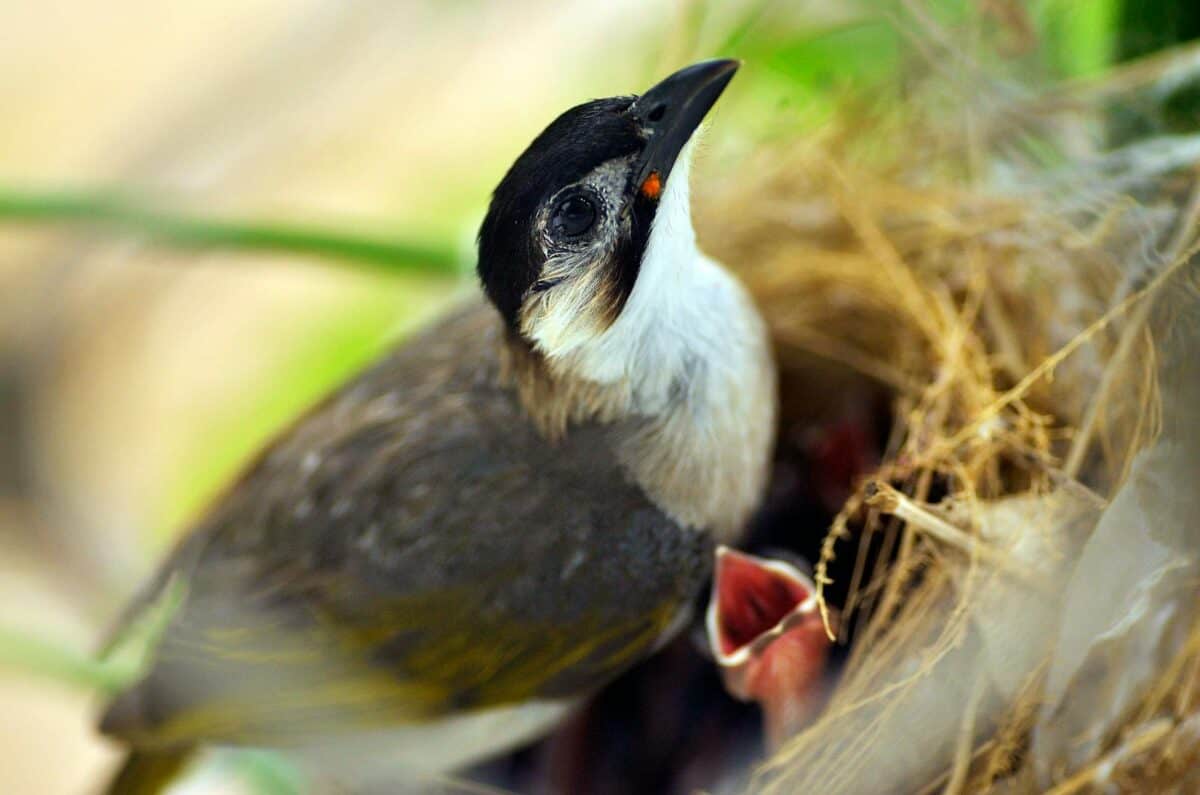The avian world is brimming with fascinating behaviors, and among the most intriguing is the practice of brood parasitism—where certain birds lay their eggs in the nests of other species. This unusual strategy raises questions about the reasons behind it and its impact on host birds and the environment. In this article, we delve into the captivating phenomenon of brood parasitism, exploring its intricacies and the remarkable adaptations birds have evolved to employ this reproductive technique.
Understanding Brood Parasitism
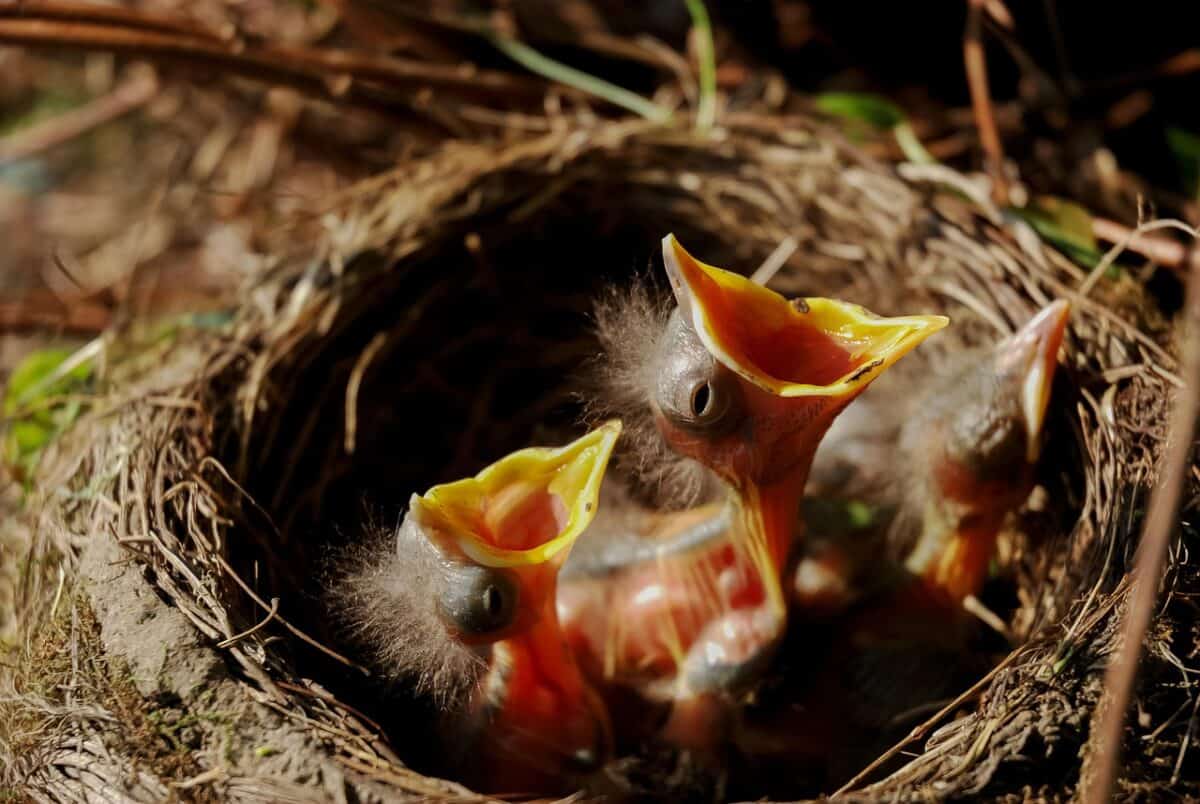
Brood parasitism is a reproductive strategy where a bird species, known as the “parasite,” relies on another bird species, the “host,” to incubate and raise its young. This behavior involves intricate tactics and adaptations, allowing the parasitic bird to exploit host nests, often without detection.
Evolutionary Origins of Brood Parasitism
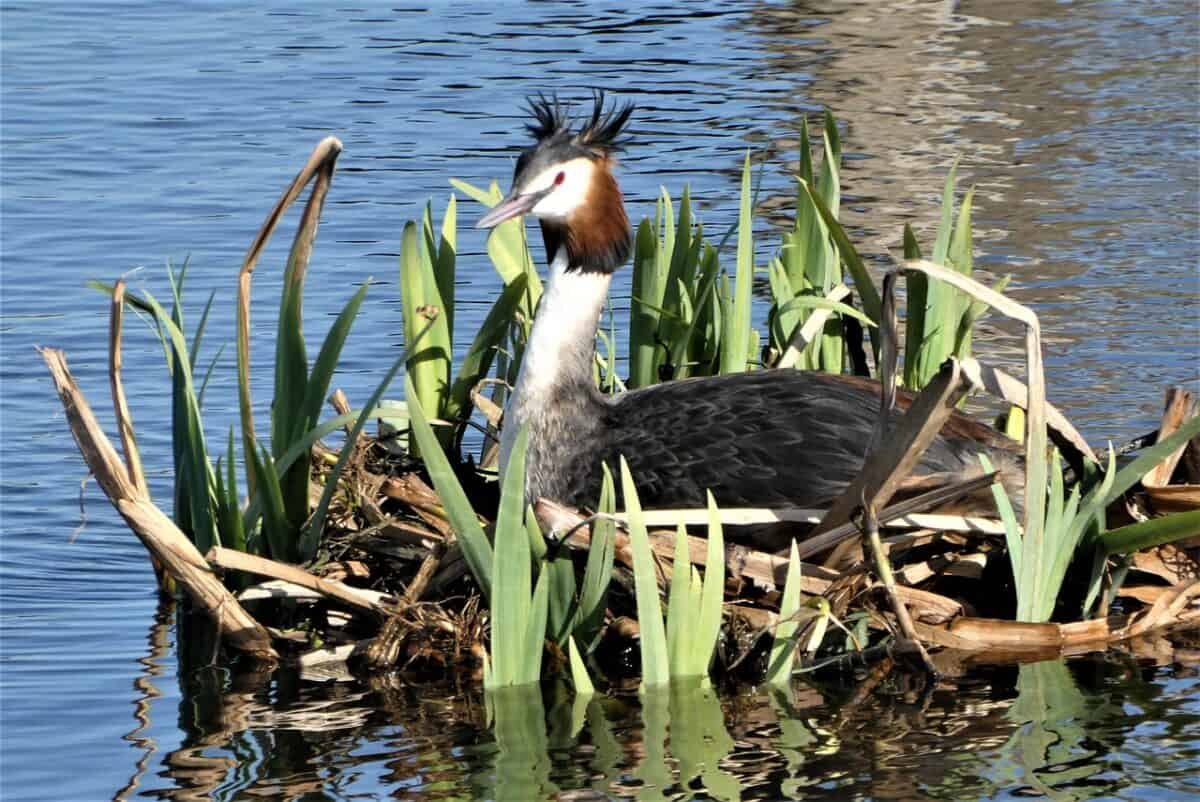
Brood parasitism likely evolved as a strategy to enhance reproductive success by minimizing the parental investment required of the parasitic bird. By outsourcing care, parasitic birds can lay more eggs in a single breeding season and increase their chances of passing on their genes.
Examples of Parasitic Bird Species

Several bird species are renowned brood parasites, with the most famous being the common cuckoo in Europe. Other notable brood parasites include the cowbirds in the Americas and the honeyguides in Africa, each with unique methods of infiltrating host nests.
Techniques for Infiltrating Host Nests
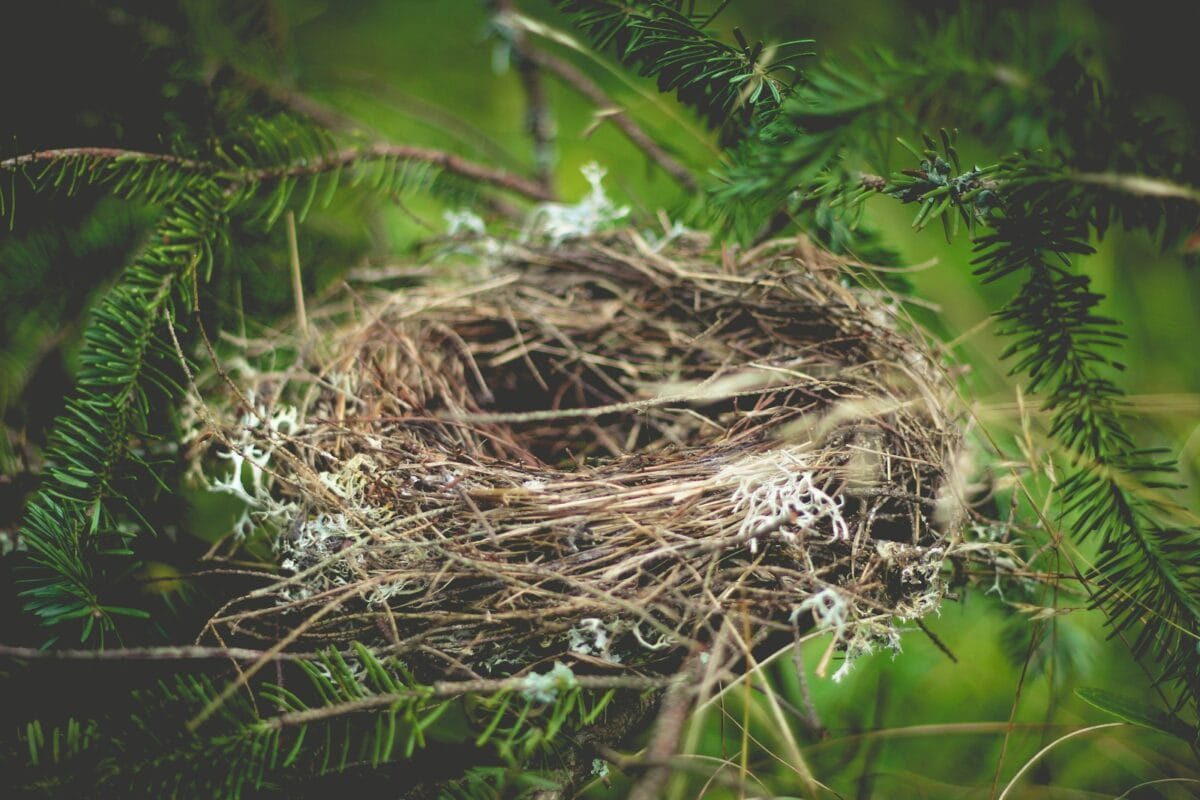
Parasitic birds employ various strategies to place their eggs in host nests. Some lay eggs that closely mimic the appearance of the host’s eggs, while others use stealth and timing to lay their eggs when the host is away. This ensures minimal disruption to the host nest.
The Role of Egg Mimicry
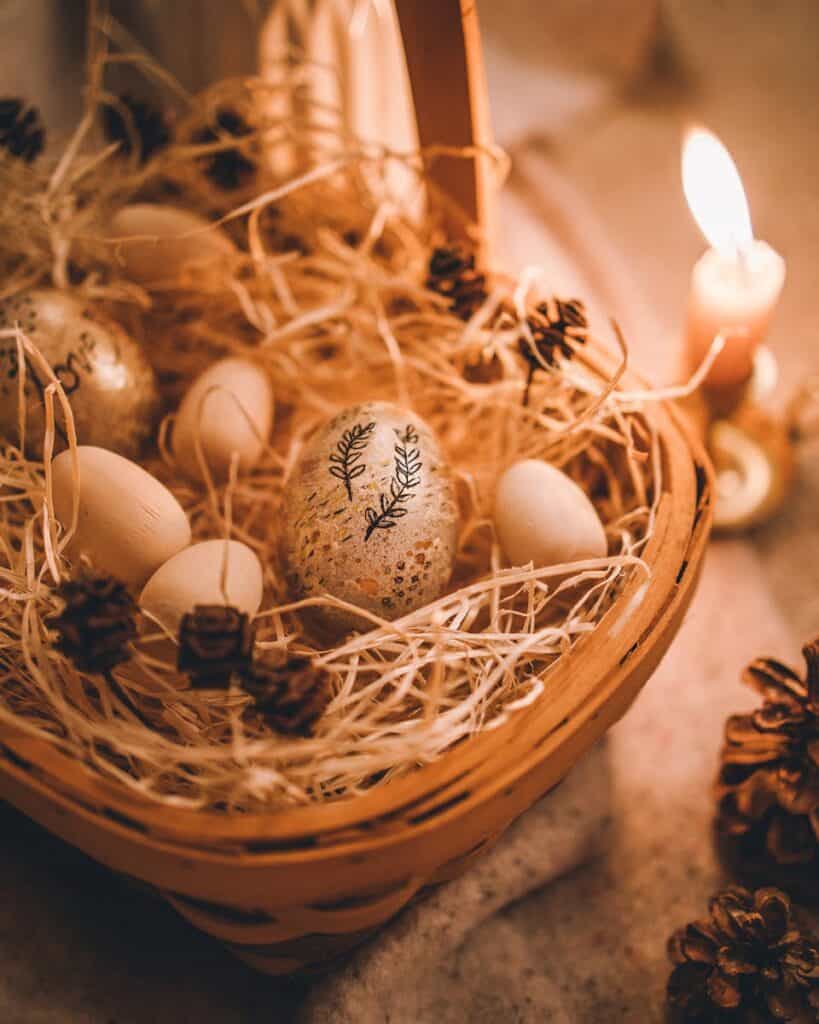
Egg mimicry is a sophisticated adaptation in which the parasitic bird’s eggs resemble those of the host in color, size, and pattern. This deceptive strategy reduces the likelihood of detection and rejection by the host bird, increasing the chances of successful parasitism.
Impact on Host Bird Species
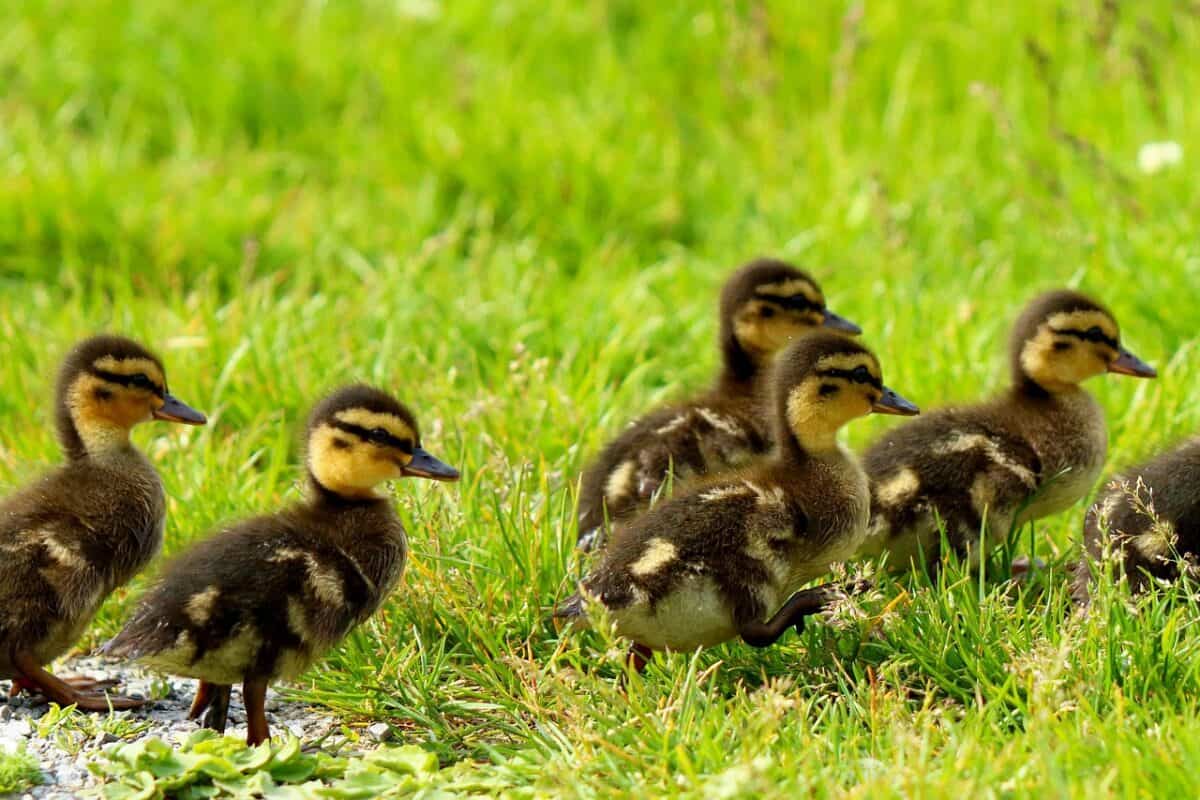
Brood parasitism can significantly affect host species, often reducing their reproductive success. Host birds may expend energy and resources raising the parasitic chick, sometimes at the cost of their own offspring, which may be outcompeted or even removed from the nest by the intruding chick.
The Evolution of Host Defenses
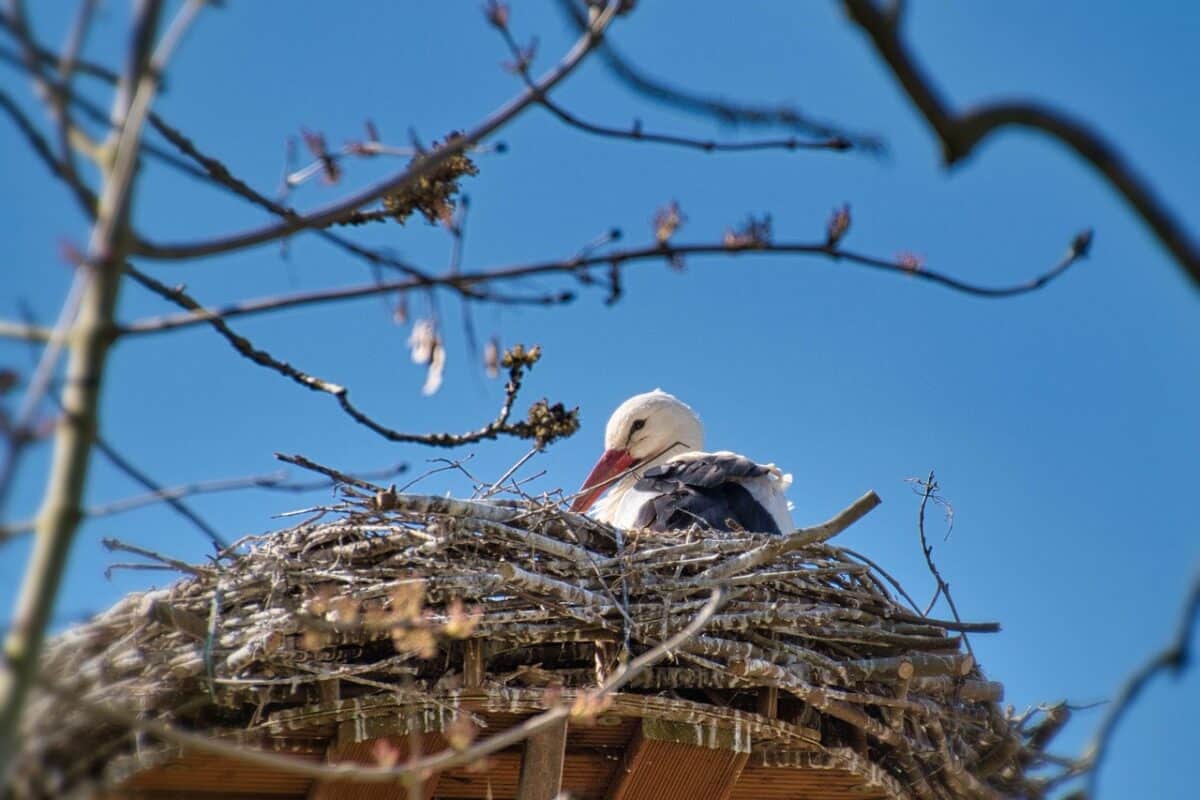
In response to parasitism, many host species have developed defenses, including heightened vigilance, the ability to recognize and reject foreign eggs, or building elaborate nests that are more challenging for parasitic birds to infiltrate.
The Costs and Benefits of Brood parasitism
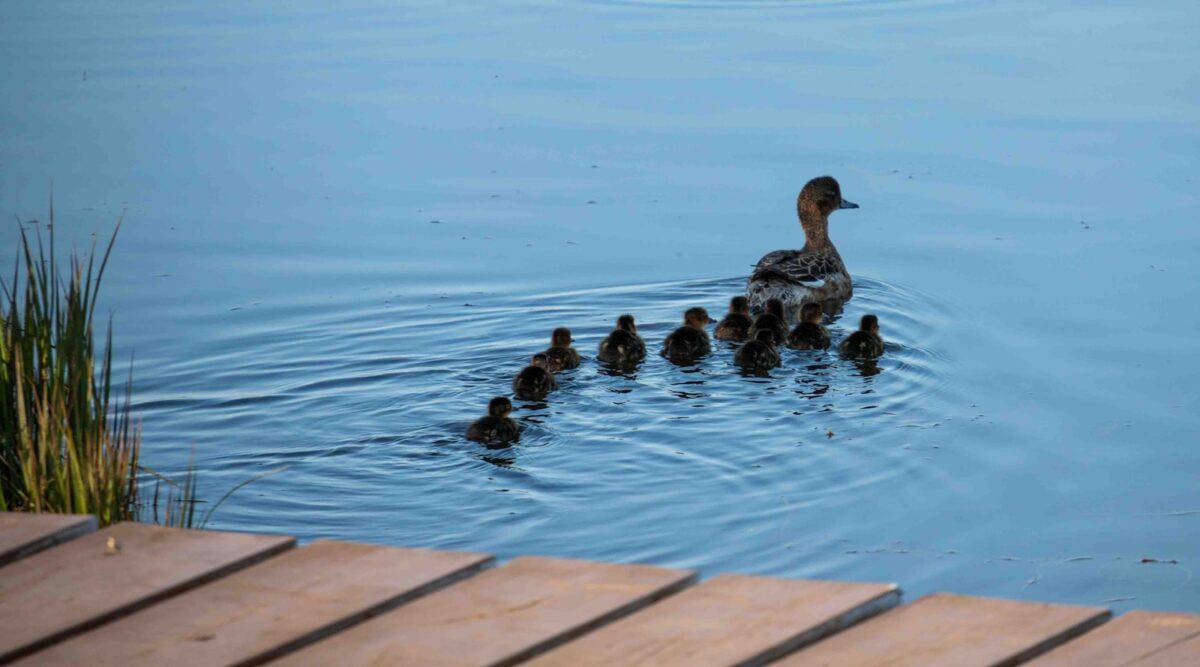
While brood parasitism offers distinct reproductive advantages to the parasitic bird, it also comes with risks. Failed attempts or discovery by the host can lead to wasted reproductive effort. However, for successful parasites, the evolutionary benefits can be substantial.
Ecological Impact on Bird Communities

Brood parasitism influences the dynamics of bird communities by affecting population trends of both host and parasitic species. It can trigger evolutionary arms races, driving adaptations in both parties that can shape ecosystem interactions over time.
Human Perception and Conservation Concerns
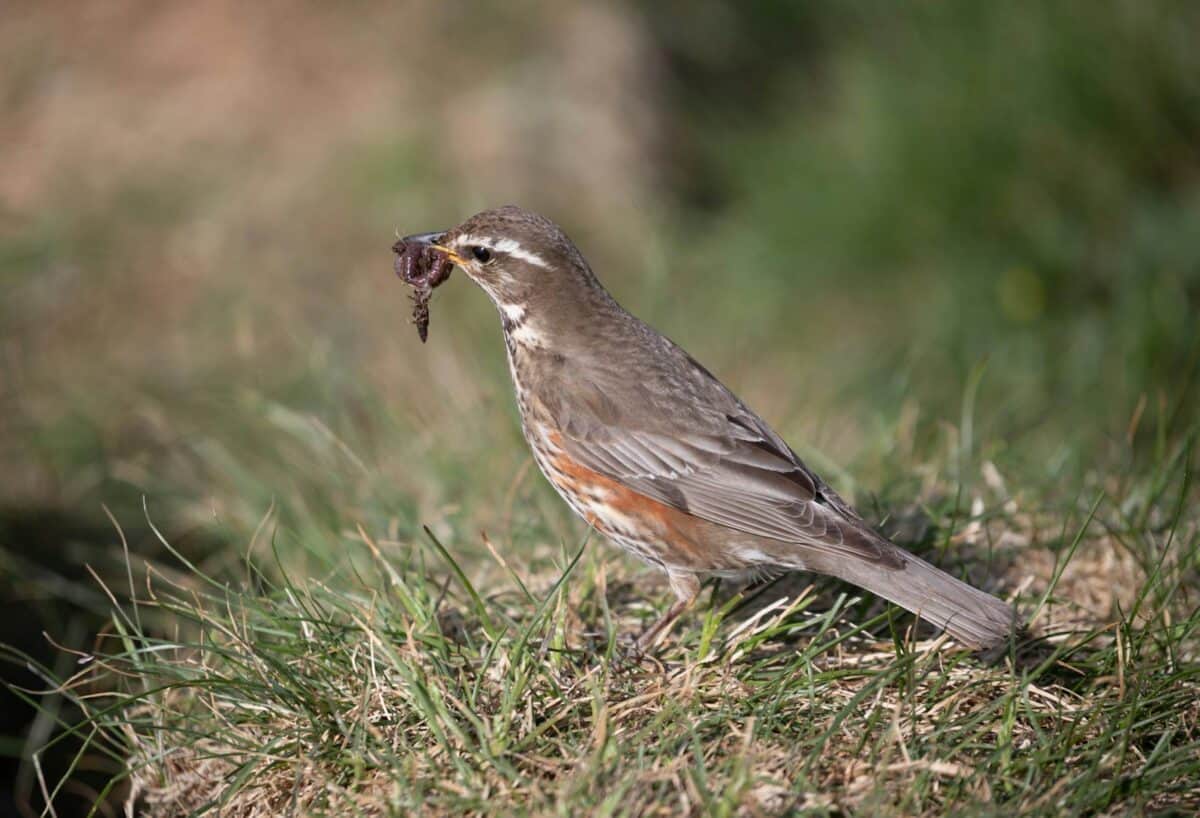
Many people find brood parasitism fascinating, though it poses conservation challenges, particularly when parasitic species are introduced into new environments. Managing these interactions is essential for maintaining balanced ecosystems and protecting vulnerable host species.
Brood Parasitism: A Case for Coevolution

The ongoing interaction between parasitic birds and their hosts exemplifies coevolution, where the evolution of one species is directly influenced by the adaptations of another. This dynamic relationship highlights the intricate and ever-evolving nature of ecosystems.
The Future of Brood Parasitism Research

Continued research into brood parasitism offers insights into evolutionary biology, animal behavior, and the complex interplay between species. Understanding these relationships can inform conservation strategies and enhance our appreciation of nature’s ingenuity.
In conclusion, brood parasitism is a marvel of nature’s complexity, illustrating how species adapt to survive and thrive. By delving into the intricacies of this behavior, we gain a deeper understanding of the evolutionary dance between parasitic birds and their hosts—a dynamic that continues to shape the natural world.
- Why Do Some Birds Lay Their Eggs in Other Nests? - August 12, 2025
- Why Some Dog Breeds Are Banned Around the World - August 12, 2025
- Florida’s Manatees Are Facing a Crisis—Here’s How People Are Helping - August 12, 2025

